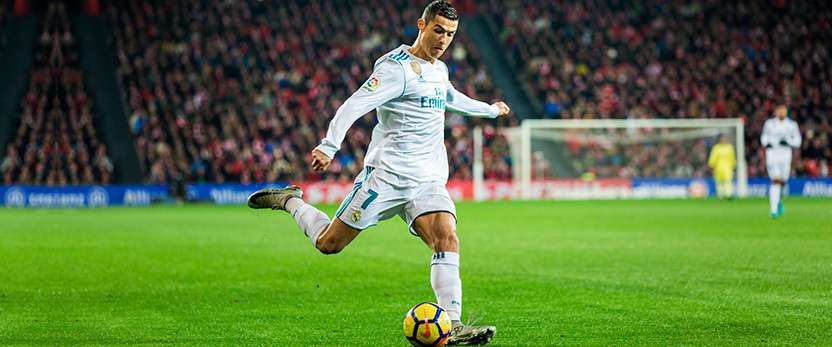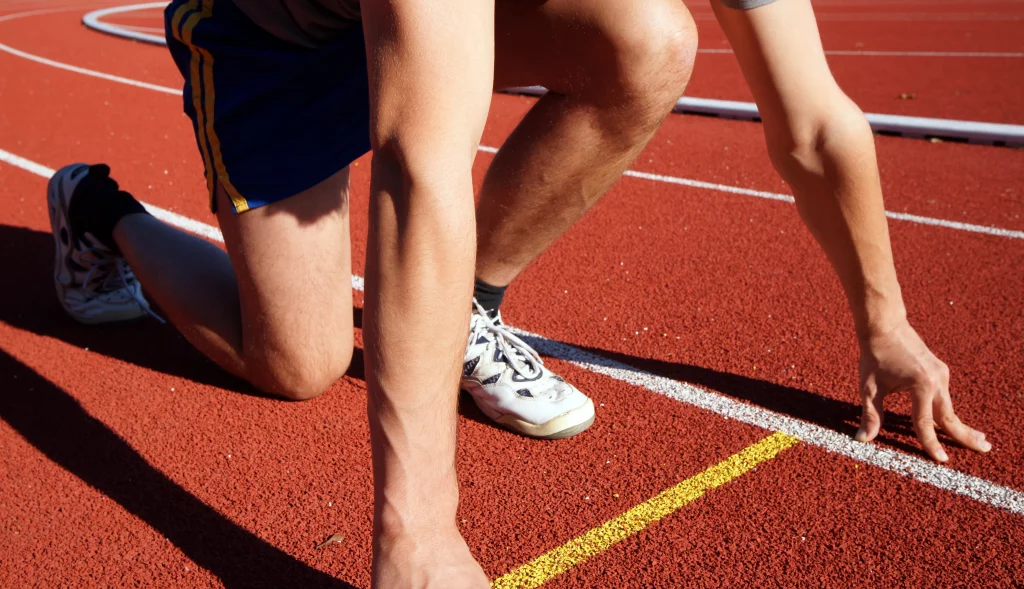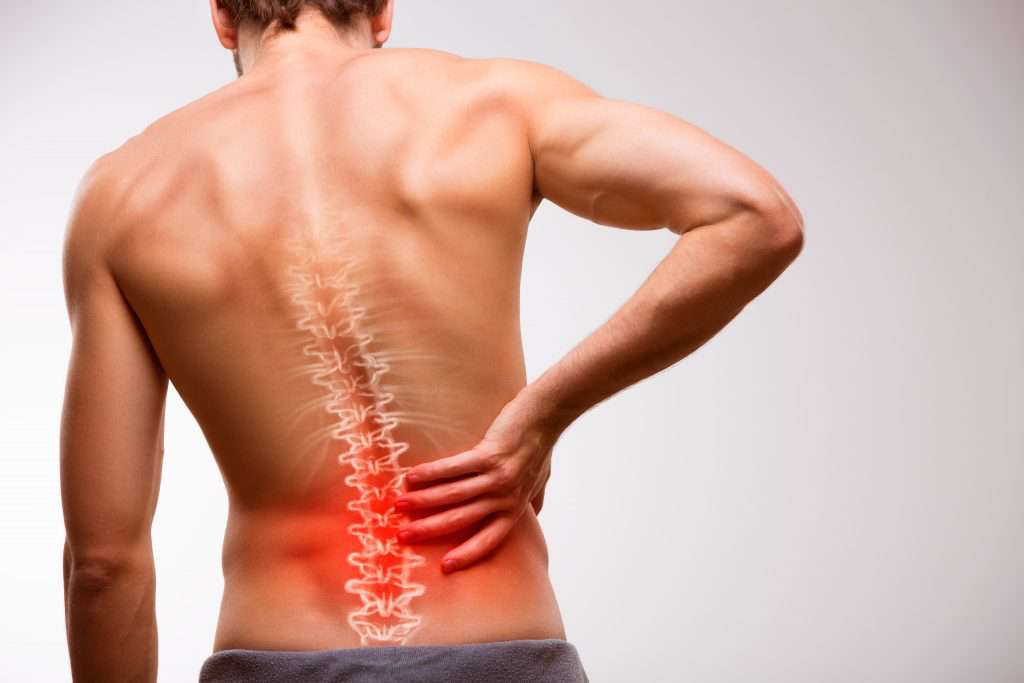Whether you are a weekend warrior or an athlete competing at a professional level, your physical health is probably one of your top concerns. You want to ensure that you are in peak shape to do the activities that you love to the best of your ability, and the last thing you need is to be suffering from pain or an injury that holds you back. Of course, there are certain steps you can take to reduce the chances of this happening; however, a large percentage of athletes will experience some form of injury at some point during their sports career.
If and when you sustain a sports-related injury, there are usually several options open to you in terms of treatment. Two of the most common include surgery and medication, but these are not without their downsides. A newer alternative to these is stem cell procedures, which help the body to harness its natural healing ability and repair damaged tissue. If you are a professional athlete, however, you may be concerned about whether or not these treatments are legal for you to use whilst competing in your sport. This article will go into stem cell therapy for athletes in more detail, including if its use is prohibited.
What is stem cell therapy?
Stem cells are your body’s master cells, which can divide to form not only new stem cells but also many other types of specialized cells, such as bone cells, blood cells, brain cells, and muscle cells. This means they have the unique ability to repair and replace damaged cells anywhere in the body. Stem cell procedures involve using stem cells from either a donor or the patient themselves and injecting or transplanting them into the part of the body which is damaged. Ultrasound or other types of medical imaging may be used to ensure that the cells get to the exact spot where they are needed. They then help the body to repair itself and speed up the healing process.
Stem cell research is a dynamic field, with trials being undertaken on all sorts of possible ways that the treatment can be used. It is believed to be able to help with a wide range of medical conditions, including certain cancers, sickle cell disease, spinal cord injuries, and strokes. Stem cell treatment can even reduce the signs of aging. The idea is that stem cells could be injected into the heart muscle of a patient with heart disease to repair the damaged tissue there, for example. Indeed, the FDA has already approved stem cell procedures for certain cancers, blood disorders, and immune system disorders.
What makes stem cells effective?
Stem cells are capable of producing any form of cell necessary in a process called differentiation and can develop as quickly as they can. They develop the natural ability to locate and replace damaged cells. The procedure is noninvasive without extensive surgery nor recuperation time. These traits of stem cell therapies cause many to believe that they will become the future of sports medicine. It is said that our body’s ability to rebuild itself gradually decreases with age. Even small amounts of exercise cause some injuries that cannot be dealt with naturally. Until recently, athletes could simply prevent injury through effective training. Then their victims went through a surgery to fix the damaged body.
The relevance of stem cell therapy for athletes
When it comes to using stem cell therapy to treat athletes, there are a wide variety of conditions it can help with. For instance, such treatment can assist with recovery from a number of common sports injuries, including sprains, strains, broken bones, back pain, and tendonitis. Stem cells can also be used in rotator cuff tear treatment, dealing with a torn meniscus, and even helping with concussions. This type of therapy can be used on bones, ligaments, tendons, cartilage, and muscles, meaning the possible applications are very widespread.
Injecting stem cells into the part of the body where the injury is located enables those cells to repair the damaged tissue there, reducing the associated pain and inflammation at the same time. You have probably seen plenty of stories in the news about one professional athlete or another undergoing stem cell therapy and quickly returning to compete at the same level as they were before their injury – or even better. In addition to helping with sudden injuries, stem cell therapies can also be used in cases where you develop a degenerative condition such as osteoarthritis as a result of years of wear and tear from playing sports.
The use of stem cells to prevent sports injuries
Many athletes and even sports organizations have discovered that stem cells can prevent injury and promote longevity for athletes. By creating a useable supply of patients stem cells it helps them grow and multiply when necessary for use. In ensuring that the damages to the skin is minimal it will reduce the likelihood of damage. No legislation prohibits any medical stem cells as they do not provide performance-enhancing benefits. It’s simply a means of prevention and treatment of injuries. In order to help improve the careers of athletes and other sportspeople in general. They are commonly used to find and fix the damaged part. By ensuring damages resurface to maintain their normal thickness. Minimalism:
Why is stem cell therapy preferable to other treatments?
Of course, stem cell procedures are not the only way that you can treat these sorts of frequently occurring sports injuries. Some of the most common alternatives include surgery, medication, or simply resting. However, each of these has its downsides. For instance, having surgery is often a big decision to make that involves risk and a long recovery time. Medication is usually only a temporary solution because it doesn’t treat the underlying cause, meaning that the pain returns as soon as you stop taking the tablets. In addition, long-term use of pharmaceuticals can have problematic side effects. Meanwhile, inactivity can be frustrating for a professional athlete and also ineffective.
Stem cell therapy, on the other hand, tends to be both quicker and more effective, with few side effects and a short recovery time. Many also see it as a more natural way to treat athletes because you are using your own cells to promote your body’s natural healing processes. In addition, it’s very versatile, with the list of injuries stem cell treatment can be used for continuously growing. The only factor that might dissuade you is that your health insurance might not cover all kinds of stem cell procedures, so be sure to check this with your provider.
Is stem cell therapy legal for athletes?
This question might not be so important for casual sportspeople. However, if you are a professional athlete or have your sights set on becoming one, then the question of whether or not stem cell procedures are prohibited has almost certainly crossed your mind. The answer is a little complicated because it depends on the exact type of treatment that you have.
For instance, if you have your own stem cells extracted and injected as part of the same procedure – with no prohibited substances, hormones, or growth factors added – this is acceptable, as long as the treatment does not enhance the affected area, only restores it to normal. On the other hand, if there are any modifications made to the stem cells which cause them to be performance-enhancing, this would not be legal.
Those who are simply hoping to recover from an injury and return to playing a sport that they love in a non-professional capacity don’t need to worry too much about this, but if you play professionally, be sure to find out the specifics of the treatment beforehand. This will help ensure that you don’t inadvertently undergo a prohibited therapy before a competition.
Other ways to stay in top shape for your sport
Stem cell procedures can be a fantastic way to treat athletes who are injured, but, of course, ideally, you want to avoid getting the injury in the first place. Some wear and tear is inevitable when you lead a very active lifestyle, and, of course, sudden unlucky injuries can befall anyone. However, there are certain steps you can take to stay in top shape.
For example, you could do a mixture of cardio and strength training. This will keep both your heart and your muscles healthy and in good condition. Varying the type of exercises you do will also avoid overuse injuries. However, when training, you should know your limits. Of course, you can challenge yourself, but don’t push yourself too far – this is one of the easiest ways to get injured. If you need to take a break from your normal workouts so that you can rest and heal but miss that feeling of being active, look for others ways of being active outside of your sport. Simple actions like taking the stairs instead of the elevator, walking as much as possible, and ensuring you get up and stretch every hour if you have a sedentary job can all add up to make a big difference.
It is also highly recommended that you don’t skip the warm-up and cool down. This is key for preventing injuries and also performing at your best. If you find yourself continually missing these essential parts of a workout, an injury is more likely.
If, despite all your best efforts, you find yourself with a minor injury or pain, don’t ignore it or try and play through it – this could end up making it worse. Instead, try doing some more gentle exercise such as swimming or yoga as a form of active recovery. No matter what you find yourself facing, you need to prioritize recovery, whether it’s slightly changing the sport you do, taking a long bath to relax your muscles, or having a massage.
The most important thing to do when trying to take care of yourself is to be kind to yourself. It’s ok to take the occasional day off if you’re really not feeling it. Look after your mental health through meditation, different hobbies, spending time with friends or family, and other such activities. Well-being is not only key for your health, but it will also help you perform better at your chosen sport too. There are options out these for yourself if you find yourself with an injury, so don’t worry.


